
In what could be termed an interesting and informative exercise, leading industry brands joined forces to educate about the potential harm that fake and counterfeit parts pose to the transport industry. The programme – held on 18 May 2023 at Courtyard Marriott in Setia Alam (Malaysia) – consisted of presentations and interactive sessions. Some 100 participants attended and displayed much eagerness to learn more about the fake and counterfeit parts.
Identifying Fakes
Part of each presentation by the supporting brands was to elaborate on how one could identify genuine and fake or counterfeit parts. In particular, the packaging is a significant component of any product and users would be able to spot a dodgy part just by looking at the same. For instance, a fake or counterfeit product may only be supplied in a brown carton, whereby the original would be in a colourful box with high-quality livery printed on it. QR codes are also an important tool that can help users to identify original parts and components.
Label and Packaging
However would a package look like the original, there are tell-tale signs of it not being original. There are some obvious differences, however minute. For instance, the logo may not be correct. There will a difference in the name or letters. Regarding logo, there could be a close imitation of it. It is termed as a ‘Passing off a mark’ very often and is commonplace in counterfeiting and constitutes a trademark infringement as well as poses a risk to the buyer of an expected failure. The company that sales original parts often changes the packaging of its products to avoid any chance of counterfeiting. It is essential that buyers of spare parts and consumables familiarise themselves with the look and feel of the original package. If in doubt, as sometimes there could be older versions of the original packaging still in circulation, a call to the principal will clear up any doubts.
Not the right price
When an item is offered at a price that seems much less what seems like less prize, there is a reason to be vigilant. If something is too good to be true, then it is likely not. If a product is offered at half the price of what it usually is or what the same product would cost from other suppliers, then there’s something wrong with it, quite likely. Discounts maybe offered from time to time, there is no way the distributor and principal would slash prices to levels that seem unbelievable. During the seminar, an example was given of a filter at half the price. It was swapped regularly and the fleet operator saved some money. Of inferior quality, the filter did work as it should have and led to engine failure. It would cost far more in repairing the engine then it would to purchase a genuine filter.
The Right Partner
Typically, spare parts and consumables are sold via dealers (seldom directly from the manufacturer, but the same idea put forward applies). Original Equipment Manufacturers go to great lengths to ensure that they have appointed a trustworthy and dedicated dealer. They will list all the appointed dealers on their website. If someone is offering a part or consumable, the buyer can easily check on the OEMs website if the dealer is listed. If not, chances are that the dealer is not appointed or is selling knock-offs. In addition, many OEMs issue certificates to the dealer which he would have to produce upon request. These certificates are usually limited to one or two years. The inability to produce a valid certificate would also indicate something is wrong.
It is also recommended that beyond market prices, buyers should also make themselves familiar with brands that they use. The question one could ask in assessing a part for authenticity is if a brand would be offering that kind of product. If a brand suddenly offers a part that is not aligned with their philosophy (quality level for example) or product portfolio, it might be worth checking if the product is offered by the OEM.
Touch and Test
Counterfeit products can be of high quality with no obvious tell-tale signs. They are thus hard to identify without taking them apart. It may be a good idea to spend on an extra part to understand how it is constructed and know what makes an original part. An air filter, for instance, could be bend or cracked. If it has a crack, it is most likely of a lower quality and fake. The number of pleats, the folding of the pleats and how the filter material is connected to the end caps is also an indication of whether it is genuine or spurious. As a general rule, a fake product would always be one that uses less material or inferior material.
Stickers and Numbers
Utilising the internet, buyers of parts and consumables can also check online if their purchase is legit. The product labels can now serve as a quality seal, with distinguishing features such as holograms. In addition, QR codes and other identification numbers can be fed into online portals that verify a part to be genuine.
Production Quality
When companies offer multiple years of warranty on their products and promise superior performance, then they do so as their components are manufactured to the highest standards. Gears, piston rings, shafts and rods may look like they are original, but a closer inspection may reveal a fake: non-treated surfaces easily scratch, holes may not be chamfered, and logos may only be printed on the parts.
Mixing oil
With the exception of highly complicated assemblies, such as a complete gearbox, not much is safe from imitation or tampering. That includes lubricants and other fluids. Mixing cheaper fluids into high quality grade fluids is one method applied by fraudulent sellers. Old fluids could be mixed in with new liquids or packaging swapped to sell low grade products for a higher price. The two remedies to prevent fraud are again to know the supplier and to be familiar with the product. A fake lubricant may smell different or feel different than the genuine item.
Too Complex to Fake
Modern components and parts may be highly complex as many suppliers have taken the strategic approach to become solutions providers. Those wanting to make a quick buck by copying products would do so by offering simpler, easier to copy products. As these components also require trained and qualified staff to sell them to the market, OEMs nowadays work with reputable distributors and dealers, which can typically be identified via the brands’ websites. Those fraudulent suppliers would simply not have the motivation to create a complex product or appearance.
Damage to the Industry
A fake or counterfeit product may pose a threat to the lives of those on the road. For instance, unscrupulous individuals may offer brake pads that use sawdust as filler, this putting people at risk. In case a non-genuine part is causing harm to a transporter, the damage is not limited to metal and plastic: one’s reputation is also at stake and authorities may rule that a company may have to be shuttered as it may be deemed unsafe. In addition, fake parts, as they are typically cheaper, also rob governments of revenue. In this context, under-declaring the value of parts upon importation also causes the government losses. Meanwhile, fake or counterfeit products take away jobs from those that are offering genuine parts.
To illustrate the severity of impact of using fake or counterfeit parts, Malaysian industry insiders referred to a case in 2014, whereby insurance companies had to pay out a whopping RM 600 million. Only two automotive brands were involved in repair claims. According to World Trademark Review, the estimated global economic cost of counterfeiting in the automotive industry could have reached USD 2.3 trillion by 2022. In Europe, it is estimated that Euro 2.2 billion is lost annually to counterfeit tyre sales alone, while counterfeit battery sales effectively steal Euro 180 million from OEMs. The impact of fake or counterfeit products is severe. It amounts to loss of lives, loss of income, loss of tax income and a threat to the existence of genuine parts manufacturers.


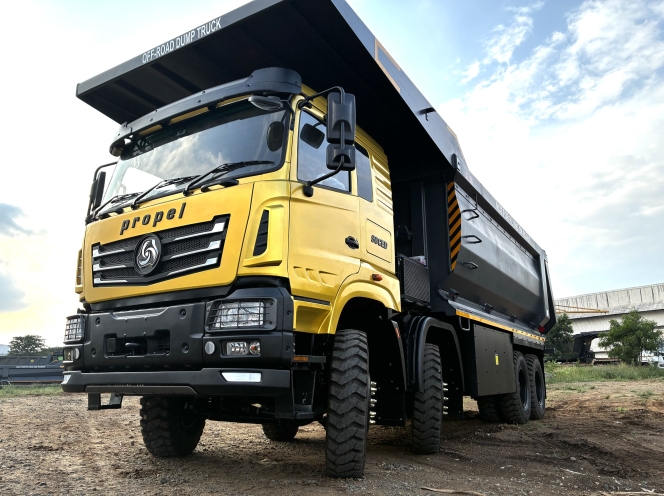
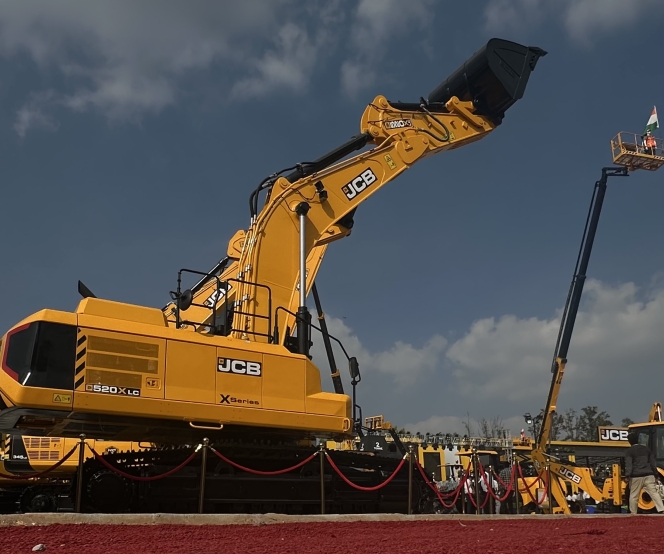
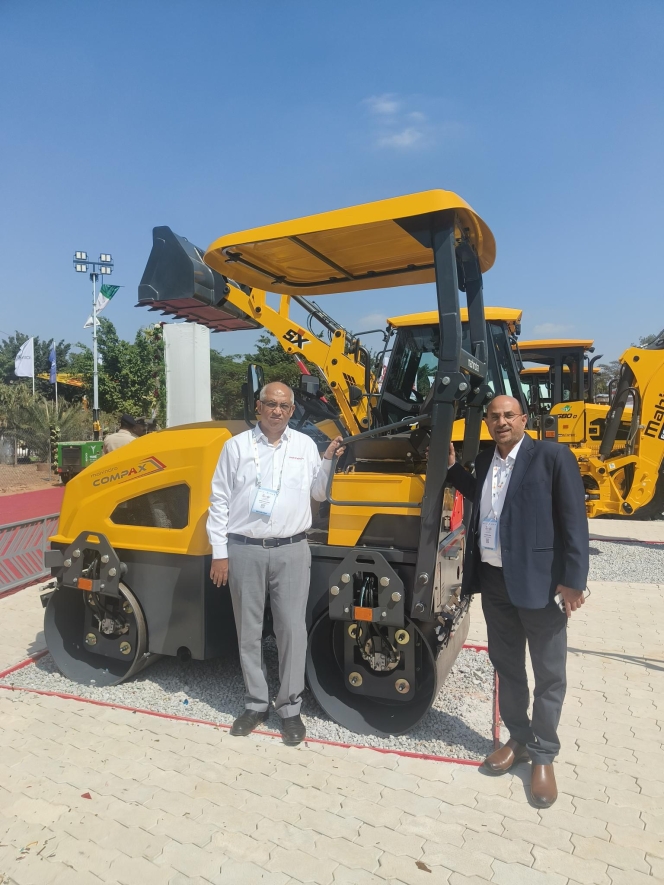
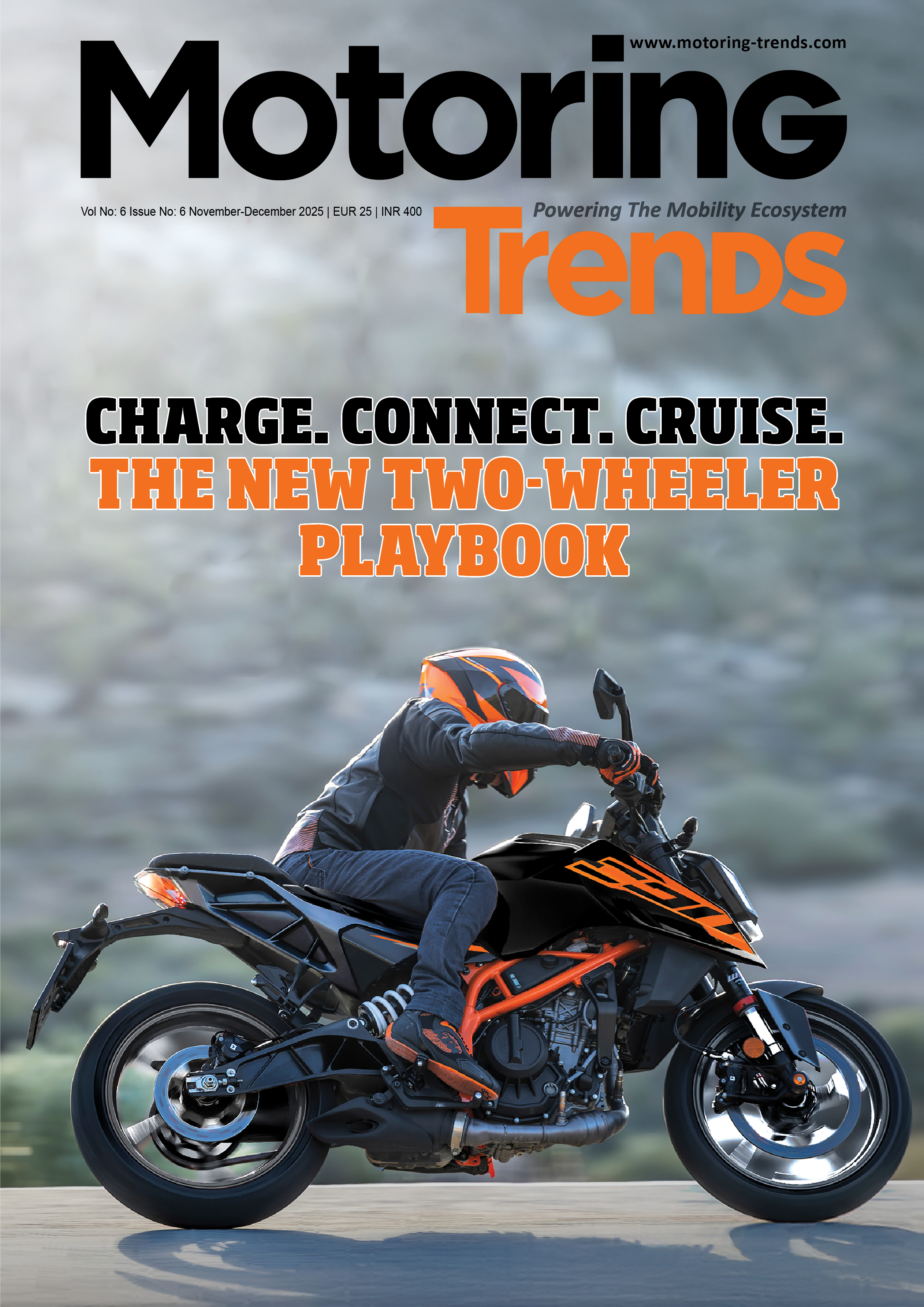
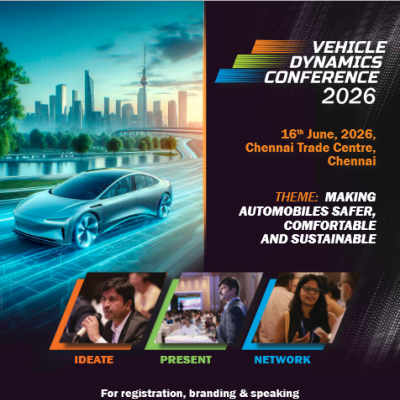
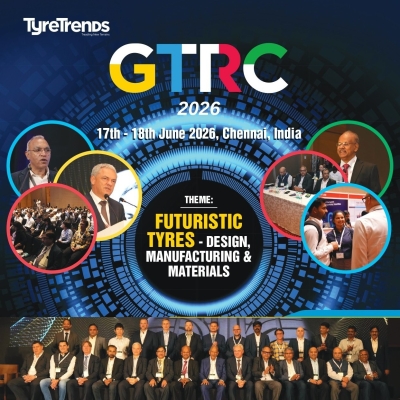
Comments (0)
ADD COMMENT